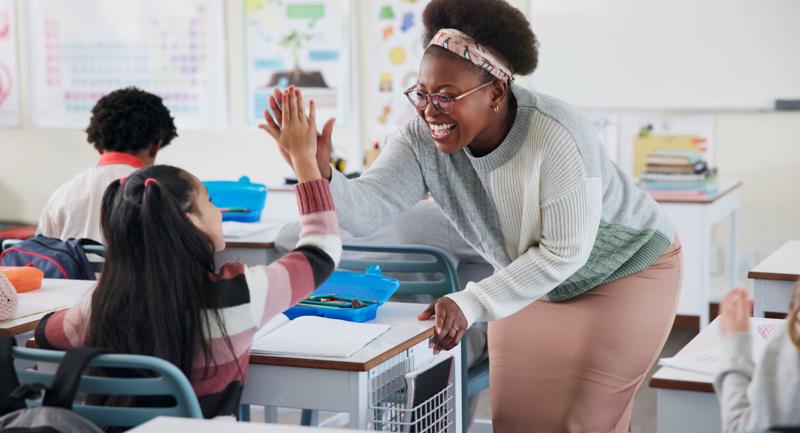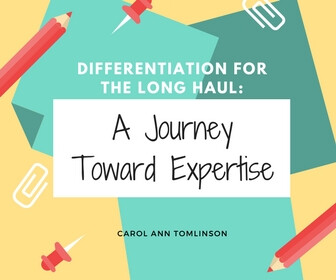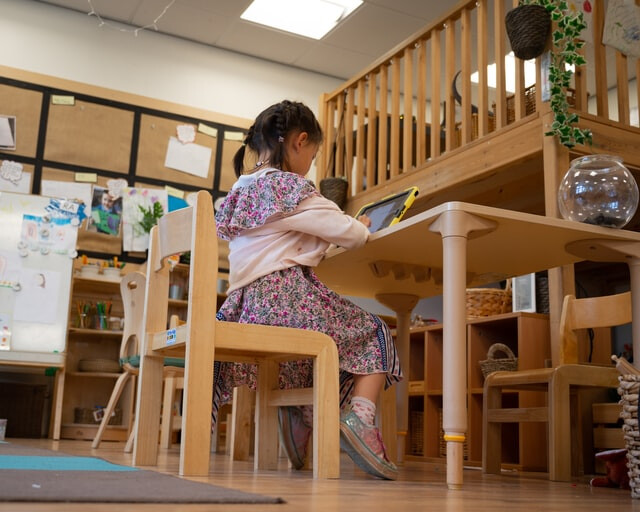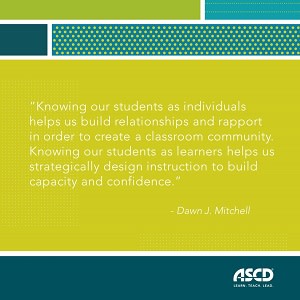It’s strange to think that my high school has closed its doors for what is likely the last time this semester. However, the learning hasn’t stopped as school leaders, my colleagues, and I have been working together to find strategies and tools to support students and families at home with distance learning opportunities.
As one of the music educators at my high school, I was tasked with condensing our four performance classes into just two: Music Theory and Composition. In the process, I’ve found a few strategies that are helping students not only adapt to their new distance learning environment but continue to foster community engagement with me and their peers.
1. Meet students where they are
We are all living in unprecedented times, so resetting expectations, especially in this new learning environment, is important. Today, most students are transitioning to distance learning at home, which comes with a steep learning curve. It’s important to keep in mind that students, especially those who are in transition years (either moving to a new school next year or graduating seniors), are likely dealing with a sense of loss and confusion. For example, our senior class trip—one of the most highly anticipated events of the year—was canceled, along with prom and likely graduation.
Meeting students where they are emotionally and mentally is important to their success. Students’ participation levels are likely to vary over the next few weeks, so one good way to work within their comfort zone is to encourage role-playing that can easily be adapted over time. For example, I know that a lot of students will take time to warm up to distance learning, so I have created additional roles they can assume further down the project pipeline to engage them when they are ready. While a few enthusiastic students are working in a music-creation role now, we will move into lyric writing, instrumental and vocal recording, arranging, editing, re-mixing, and mastering. Once the music is finished, there is artwork, and even marketing and social media later on, offering plenty of opportunities to engage in the project.
2. Select tools that support your objectives
With the right tools, music education transitions well into distance learning environments. Using Zoom, students enter the virtual classroom setting twice a week. In my class, we have found Soundtrap’s online studio to be the go-to tool to collaborate on music composition, with the studio’s built-in beats and loops as a starting point for creation. From there, students can use their computer or phone microphone to record themselves singing, playing, and experimenting with sounds that can all be mixed and edited in the online studio. These two tools work nicely together and allow for students to collaborate virtually — they can both see each other and explore new music together in the online studio.
Soundtrap’s online studio also allows for students to participate in music making, regardless of whether they have physical instruments at home. This was critical in ensuring all students could contribute to the project. It’s important for educators to keep in mind that students have limited resources at home and that they select online tools that are able to bridge the gap for students.
3. Focus on creativity over curriculum
Now is a great time to be creative as educators and students. Almost all states have removed mandatory end-of-year standardized testing, as well as strict grading expectations, giving districts and teachers leeway in developing their activities and curriculum. The most successful creative processes embrace elements of the unknown, with limited plans and structures in place—a place much of the K-12 system finds itself now.
For example, during my first online session, I asked my class of 15 students to jump into a single Soundtrap session and throw together different sounds, beats, and loops into a single track. With little direction and no rules, their end product was a song that mirrored a Jackson Pollock painting, with different sounds coming together to create something new. Not only did this provide a creative outlet for students, but also a sense of accomplishment.
In this unique time for education, we must seize the opportunity to create something new with our students. For music teachers, we have a golden opportunity to provide creative license to our students in a time when the regular rules and norms simply do not apply. By providing the right tools, enough time, and the right guidance, we can empower ourselves and our students to make the most of this time at home in this new and unique learning environment.
About the author
John Churchville is a two time Grammy nominated Music Educator, an award winning music producer and performer. He holds a Fine Arts degree in World Music Performance from the California Institute of the Arts, and a Master’s in Music Education from the University of Michigan. John is also a national presenter and education consultant for the Bureau of Education and Research. Follow John on Twitter at @johnchurchville.








